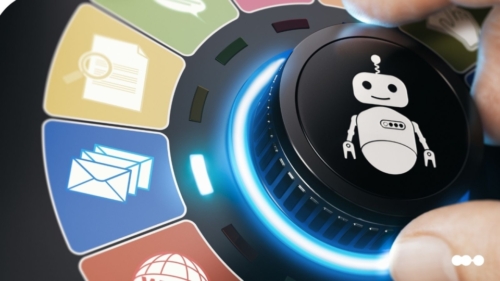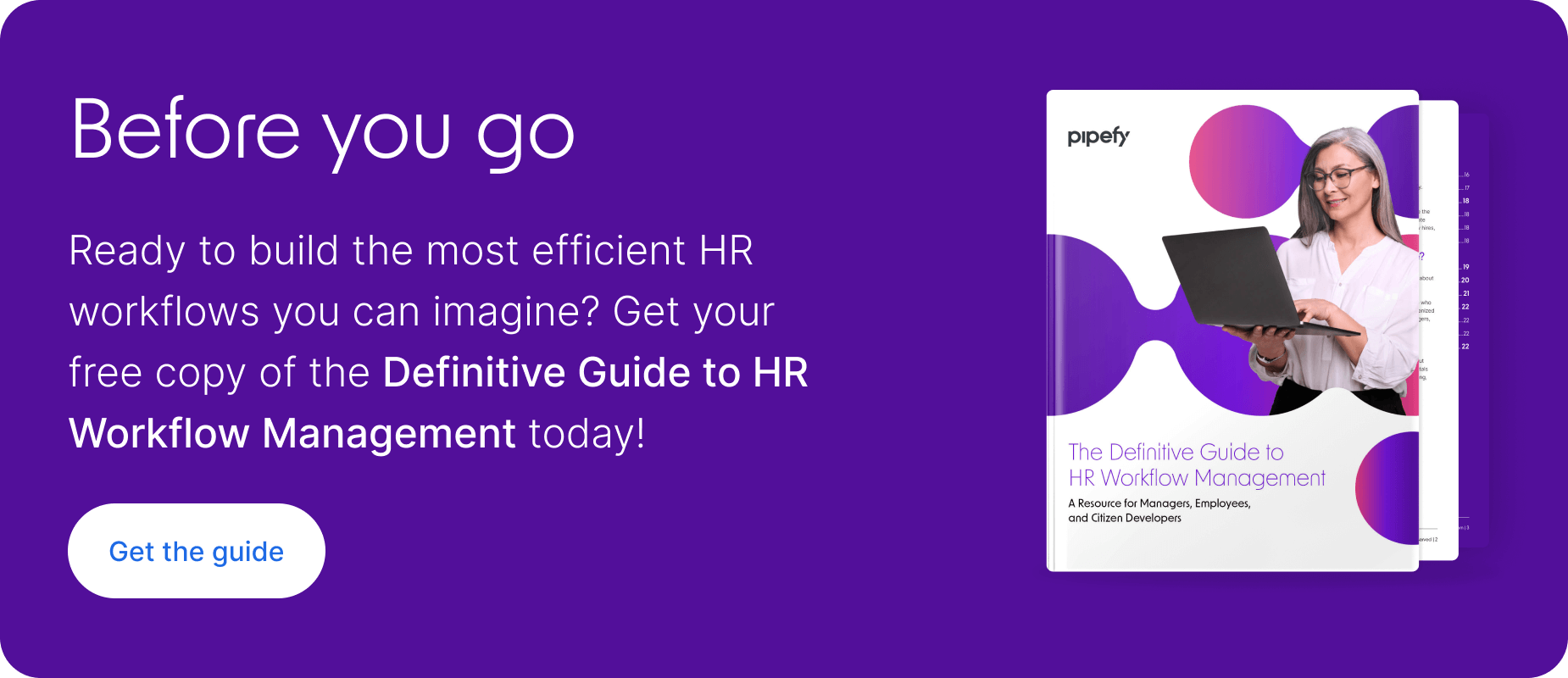
Changes to our conventional workplace models are inevitable and, for most of us, already underway.
The question is how well and how quickly we can adapt to support our employees, customers, and business partners. No matter how we decide to get there, most of us share the same priorities: safeguard employee health, create an ideal employee experience, and minimize disruptions to our customers and business partners.
In addition to similar goals, most of us also share the same uncertainties and concerns about the future of work and its impact on our businesses.
HR process complexity
Transitioning to hybrid and remote work models will increase the complexity of HR processes. Distributed team management, new security policies, and a patchwork of intrastate employment laws are just a few of the realities facing HR departments as more employees work from home more often. As Mike Elgan argues, it’s time to prepare for “vastly more complex HR”:
An employee working full time from home already adds complexity. Hiring in other states and countries sounds great until you consider that you have to comply with the tax, employment, and leave requirements — including meal breaks, overtime, vacation pay, and other issues — where each employee is based. If you have employees in 30 states, you have to comply with the law in those 30 states. International hiring amplifies that complexity. (Remote Work 2.0)
And that doesn’t even take into account the changes to diversity and inclusion efforts, or the role HR will likely play in fostering a sense of community culture and collaboration in a hybrid or WFH environment. Elgan suggests that you “assume you will be changing literally every policy.”
Employee wellbeing & digital fatigue
Research suggests that even though many employees prefer remote or flex work options, they may be paying a price for them. According to Microsoft’s analysis of data gathered from its Teams platform, many employees are spending far more of their time in meetings, answering emails and chats, and struggling with a more spontaneous calendar structure. As a result, employees may be at risk of digital fatigue.
Business leaders and HR departments will have to find ways to detect and prevent employee burnout under these new circumstances. That will mean having greater visibility into workloads and schedules. But it’s also an opportunity to simplify processes and automate tasks in order to alleviate the burden of unnecessary work.
Team building & company culture
Hybrid work models will give employees fewer opportunities for the in-person interaction that builds rapport and maintains a company’s culture. The long-term effect of hybrid and remote models on these aspects of work remain to be seen.
We expect that HR teams will find creative ways to foster team building and preserve those qualities that make their company culture unique. Creating these strategies will take time, energy, and resources. HR teams in the best position to take on this challenge will be those who have the most control of their internal processes. These teams are likely to have HR workflow automation in place that will give them the time and space to solve these more complex problems.
Productivity
Initial research indicates that remote work and hybrid models have generally increased productivity, but the picture is more complicated than that. In their 2021 Work Trends Index, Microsoft issued this warning: “High productivity is masking an exhausted workforce.”
Microsoft also found what appears to be generational differences in productivity levels for WFH employees. Gen Z workers in particular report lower levels of productivity than Boomers or Gen X, as well as higher rates of reported fatigue. We will look more closely at generational differences in the workforce in another article.
Business leaders and managers must understand that balancing productivity with employee health is paramount for successfully navigating the transition to hybrid work models. In terms of productivity, this will require deep visibility into an individual employee’s work, as well as a high-level view of teams as a whole. It will also depend on the manager’s ability to analyze their workflows and processes from end-to-end in order to identify and resolve bottlenecks or inefficiencies.







